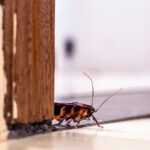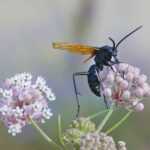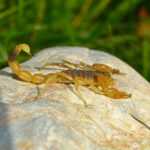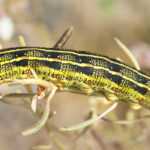Desert Recluse: Identification, Risks and Safety Tips
Learn about the desert recluse spider, how to identify it, the risks of its bite, and safety tips to protect your home and family.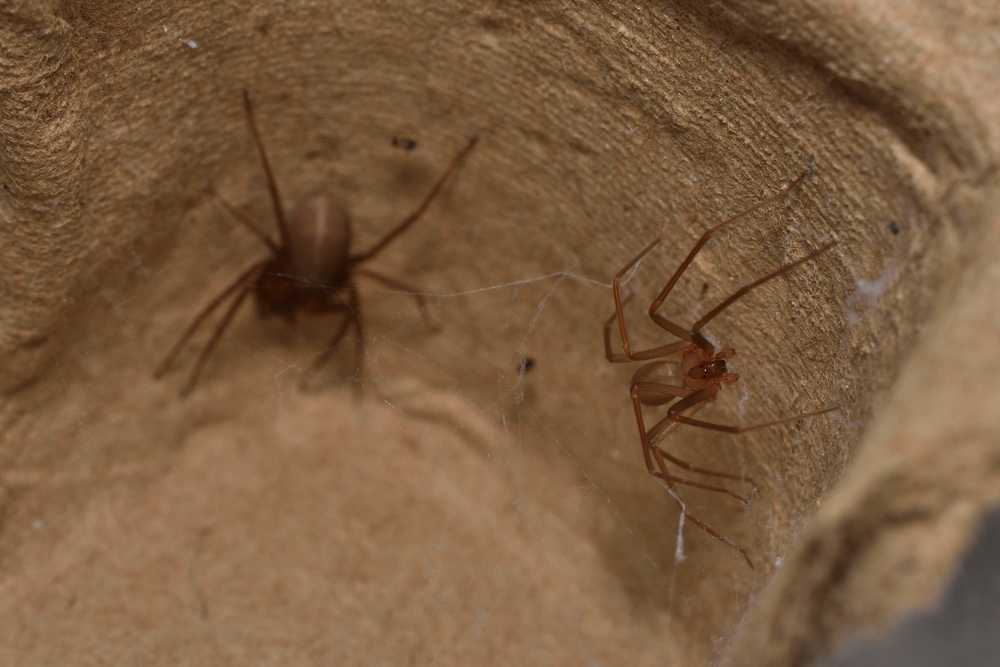
Essential Tips for Desert Recluse Spider Control and Prevention
Concerned about dangerous arachnids? Indeed, these dangerous arachnids, such as sun spiders (wind scorpions), native to the deserts of the southwestern United States, can pose a serious risk. In this article, discover how to identify desert recluse spiders, understand the effects of their necrotic venom, and learn effective prevention and control strategies.
- These light brown spiders with distinctive violin-like markings and six eyes arranged in three pairs clearly differentiate themselves from other spider species.
- Their necrotic venom can cause severe skin lesions similar to those caused by brown recluse spiders. Therefore, immediate medical attention is crucial if bitten. First aid focuses on cleaning the wound and applying a cold compress.
Understanding the Desert Recluse Spider
The spider scientifically known as Loxosceles deserta is a fascinating yet potentially dangerous arachnid belonging to the family Sicariidae. They live about one to two years. These loxosceles spiders are known for their reclusive behavior and preference for secluded habitats. Recognizing their characteristics and behaviors is the first step in managing their presence.
Physical Characteristics
These spiders are typically tan to light brown. This sets them apart from the darker brown recluse spiders (Loxosceles reclusa) found mainly in the midwestern and southern United States. One of their most distinctive features is the lighter violin-shaped marking on their cephalothorax. This helps differentiate them from other brown spiders such as Loxosceles unicolor from South America.
Moreover, these spiders have a unique arrangement of six eyes in three pairs (dyads). Most spiders have eight eyes. This eye pattern is a key identification feature and is consistent across recluse species.
Behavior and Habitat
These spiders are nocturnal hunters. They emerge from their webs or retreats at night to seek out prey, mainly feeding on other arthropods. They prefer secluded areas, often avoiding urban areas. Instead, they favor native vegetation, rodent dens, and other undisturbed natural habitats. Their only domestic occurrence is usually near native vegetation or in cluttered, undisturbed areas such as attics, garages, and storage spaces.
Knowing their behavior and habitat preferences helps develop effective strategies to manage their presence. This is especially important in desert regions like the Sonoran and Mojave deserts.
Distribution
These spiders are mainly found in the deserts of the southwestern United States. This includes the southern tip of Nevada (Clark County), southern and western Arizona, the eastern half of southern California, and the southwestern corner of Utah. Their range also extends into northwestern Mexico.
Therefore, understanding their distribution helps assess the risk of encountering these spiders in your area. It also informs targeted control efforts.
Venom and Bite Effects
Recognizing the venom and bite effects of this species is essential. Their necrotic venom can cause severe skin lesions and tissue damage. This happens through the same mechanism responsible for brown recluse spider bites. Knowing the symptoms and appropriate first aid can greatly improve the outcome of a bite.
Necrotic Venom
The venom contains sphingomyelinase D. This enzyme causes dermonecrosis by collapsing cell walls and blood vessels in the surrounding tissue. Consequently, this necrotic venom leads to severe complications if untreated. These include tissue deterioration and increased risk of bacterial infections.
Importantly, the venom is as potent as that of the brown recluse. Prompt medical attention is essential for any suspected bite.
Symptoms of a Bite
Symptoms typically include localized pain, redness, and swelling. In severe cases, necrotic lesions develop over several weeks. Systemic symptoms are rare but possible.
If bitten, closely monitor the affected area for signs of worsening symptoms. These include intense pain or spreading necrosis. Therefore, seek immediate medical attention if these occur.
Treatment and First Aid
First aid for bites involves cleaning the wound thoroughly and applying a cold compress to reduce swelling. Rest, ice, compression, and elevation (RICE therapy) can help manage symptoms.
However, these measures are only initial steps. Professional medical evaluation is critical, especially if severe symptoms develop. There is no antivenom currently available in the United States. Treatment focuses on symptom management and preventing secondary infections.
Identifying These Spiders
Accurate identification helps avoid unnecessary fear and ensures proper bite treatment. Misidentifications often involve brown recluse spiders and other spiders with similar markings.
Common Misidentifications
This spider is often mistaken for the brown recluse (Loxosceles reclusa). Both species share the violin-shaped marking and six-eyed arrangement. Other spiders mistaken for this species include the false black widow (Latrodectus hesperus), woodlouse spiders, and yellow sac spiders. These may have black spots or different eye arrangements.
Accurate identification prevents misdiagnosis. It also ensures appropriate treatment and control measures.
Identification Tips
To accurately identify this spider, look for these features:
- Tan to light brown color, generally lighter than the dark brown of brown recluse spiders
- A faint to distinct violin-shaped marking on the cephalothorax
- Six eyes arranged in three pairs (dyads), a unique trait among spiders
- Uniformly colored abdomen without patterns or black spots
- Avoiding urban areas, typically found near native vegetation or in desert regions
Knowing these tips helps distinguish this spider from other brown spiders. It also reduces confusion with species from South America like Loxosceles unicolor.
Prevention and Control Measures
Preventing and controlling these spiders requires a combination of habitat management and professional pest control. Regular maintenance and expert services are key components of an effective strategy.
Home and Yard Maintenance
Keeping your home and yard free from clutter is crucial. It discourages these spiders from settling in. Therefore, remove woodpiles, boxes, tires, and other debris, especially near your home’s foundation. Maintaining even green lawns and trimming vegetation reduces hiding spots.
Inside the home, seal cracks and gaps around doors, windows, and utility entry points. Additionally, regularly clean attics, garages, and storage areas to reduce potential retreats for spiders.
Professional Pest Control
Professional pest control services are highly recommended. They effectively manage infestations. Technicians use knowledge of spider behavior and habitat preferences to target breeding sites. They apply treatments safely and effectively.
Hiring licensed and insured professionals ensures thorough inspection and control. This reduces spider populations and minimizes risks.
Understanding this spider’s physical characteristics, behavior, venom effects, and distribution is essential for effective management and prevention. Accurate identification and timely medical attention for bites can mitigate risks. Combining home maintenance with professional pest control services provides the best defense against infestations.
Frequently Asked Questions
What area do these spiders live in?
They primarily inhabit desert regions including the southern tip of Nevada, southern and western Arizona, the eastern half of southern California, the southwestern corner of Utah, and northwestern Mexico.
What is the difference between a brown recluse and this spider?
The brown recluse spider (Loxosceles reclusa) is generally darker brown with a more distinct violin-shaped marking. This species (Loxosceles deserta) is lighter tan with a fainter violin mark. Both have six eyes arranged in pairs and possess necrotic venom.
Is this spider poisonous?
Yes. These spiders are venomous. Their bites can cause necrotic skin lesions due to sphingomyelinase D enzyme in their venom.
What are the main characteristics of these spiders?
These spiders are tan to light brown and feature a violin-shaped marking on the cephalothorax. Their six eyes are arranged in three pairs, and they have a uniformly colored abdomen without any patterns. Being nocturnal, they prefer secluded desert habitats for their activity and shelter.
What should I do if I suspect a bite?
Clean the wound thoroughly, apply a cold compress, and seek immediate medical attention. This is especially important if severe symptoms like pain, swelling, or necrosis develop. Early treatment is important to prevent complications.
